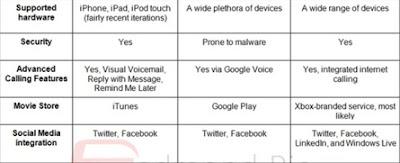
This is the most basic laptop for pretty much any type of data analysis and it’s ideal for those getting starting with Data Analysis too especially students doing research or taking classes w/ Data Analysis. Linux has many software choices when it comes to doing a specific task compared to Windows.90% of the world’s fastest supercomputers run on Linux, compared to the 1% on Windows.There is no conflict that Linux is a better option than Windows for programmers.Linux Vs Windows: Which Is The Best OS For Data Scientists? However 16 GB of RAM is recommended for faster processing of neural networks and other heavy machine learning algorithms as it would significantly speed up the computation time. The minimum ram that you would require on your machine would be 8 GB. it’s not uncommon to see Data Scientists purchasing 64 or even 128GB of RAM, and sometimes that’s not even enough! How much RAM do I need for data science? You’ll need a good CPU, ideally with many cores like a Xeon-type processor. What kind of computer do I need for data science? That’s enough to zip through the heaviest R modeling jobs with ease. This data-demon lets you enjoy Windows 10 Pro 64, 9th Generation Intel Core i7 and Core i9 (6-core) processors, and up to a blistering 128GB of DDR4 RAM. The best laptop for data science for well-heeled pros is the HP ZBook 15 G5. Which laptop should I buy for data science? Many professionals often require access to SQL management resources like Workbench and prototyping tools like Anaconda for simplifying their work. Besides that, Data Scientists use several applications and tools to analyze datasets, databases, and more. The absence of internet connectivity where you might need a responsive OS, faster processor (of course not the Intel Core i9), and enviable amounts of storage for more balanced performance is a necessity for a suitable Laptop.Īlso, if you’re a student, you would be performing most of the tasks on your computing machine itself. And it’s not fair to generalize different types of data science-related computing requirements as equal.


It goes without saying that the realm of data science has one of the most computing hardware-intensive requirements.

Hence, before proceeding further, you must understand that a majority of data-specific activities are initiated on a remote server and the computer mainly acts as an intermediary.


 0 kommentar(er)
0 kommentar(er)
